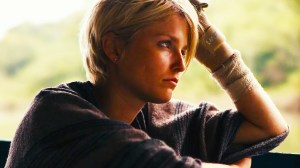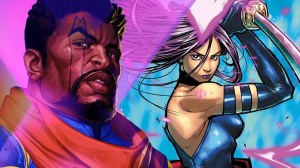Horror sequels frequently get a bad rap, for good reason. For every decent continuation of a beloved franchise, there are countless cash-grabs that dilute the impact of the original, leaving fans disappointed and critics unimpressed. However, breaking the mold of diminishing returns, some horror sequels manage to elevate the source material, offering richer characters, more innovative scares, or a deeper exploration of core themes. There are even some cases of sequels that redeem a movie that’s universally despised, proving that some premises work better when a different creative team gets involved. It’s always a wonder to watch a horror sequel that’s better than the original, and some franchises are only broadly recognized by the public because of them.
Videos by ComicBook.com
The movies on this list represent some of the best horror sequels, the ones so good they improve on the originals, successfully expand mythology, or significantly redeem a franchise after a poorly received prior entry. These are sequels that stand tall, proving that sometimes, the second time really is the charm.
1) Scream 2
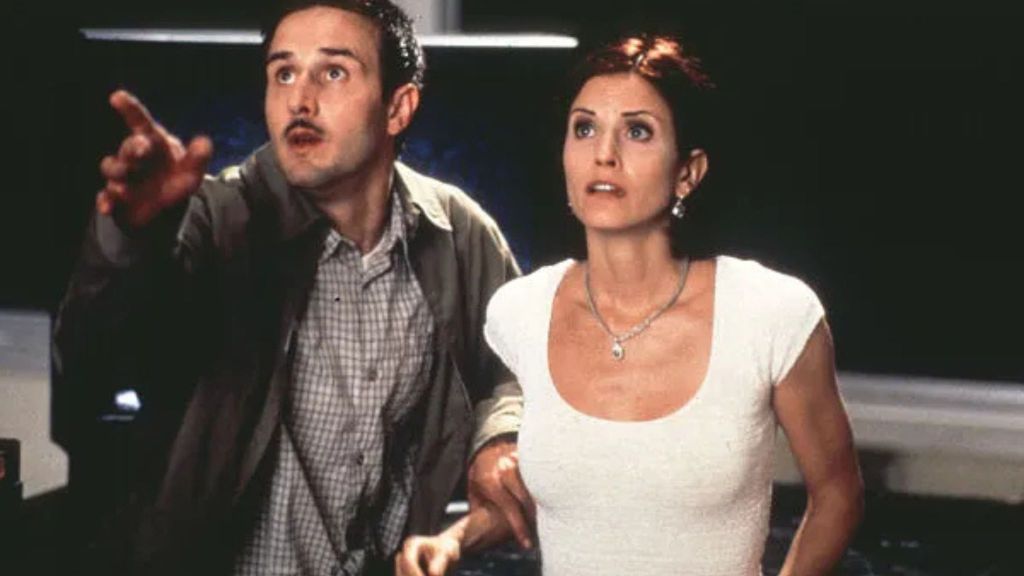
Wes Craven’s original Scream was a genre-redefining phenomenon. Still, its direct sequel, Scream 2, managed the near-impossible feat of surpassing its predecessor in sharpness and wit. Arriving just a year after the original movie, Scream 2 cleverly moves the action from high school to college, with Sidney Prescott (Neve Campbell) and the other Woodsboro survivors finding themselves targeted by a new Ghostface. The sequel excels by leaning into the meta-commentary on horror sequels themselves, dissecting their tropes with even greater intelligence than the original.
What elevates Scream 2 is its ability to escalate the stakes and the suspense without losing the character-driven heart of the story. Plus, Kevin Williamson’s script is packed with inventive set pieces, memorable kills, and a genuinely surprising reveal of the killers. Finally, the film successfully expands on the themes of trauma and media sensationalism, providing a more mature and intricate narrative while delivering the scares and self-awareness fans craved. While the original Scream is iconic for its fresh take on the slasher formula, Scream 2 refines that formula with confidence and a deeper understanding of its own universe, laying the foundations of a franchise that’s still thriving.
2) The Conjuring 2
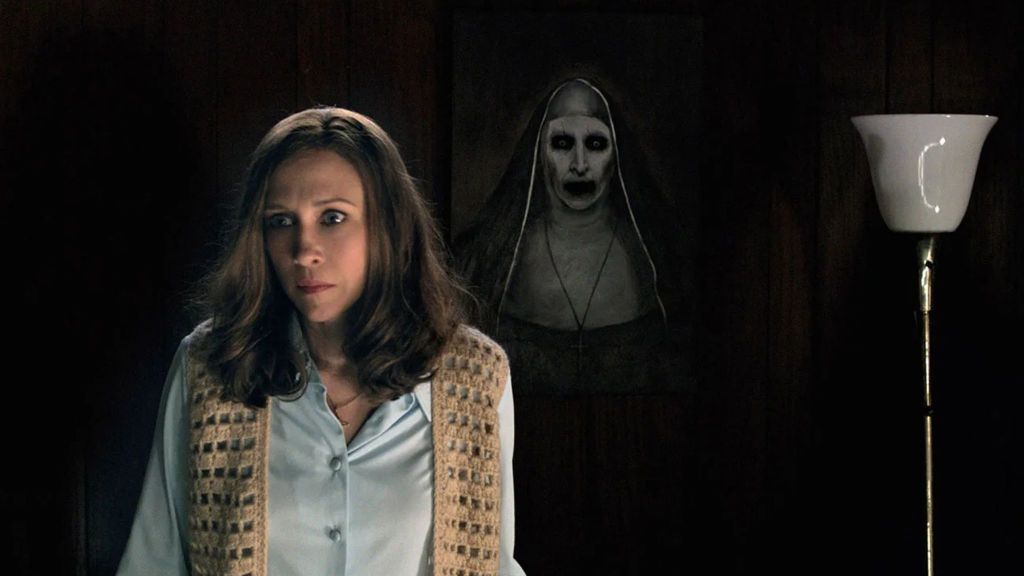
James Wan’s The Conjuring was a massive hit, praised for its classical horror filmmaking and genuinely terrifying atmosphere. Its 2016 sequel, The Conjuring 2, took paranormal investigators Ed (Patrick Wilson) and Lorraine Warren (Vera Farmiga) across the pond to investigate the infamous Enfield Poltergeist case in England, broadening the scope and delivering an even more ambitious and emotionally resonant tale. The Conjuring 2 managed to recapture the dread of the first film while introducing new iconic supernatural threats like the demonic nun, Valak, surpassing the original in scale and character depth.
The Conjuring 2 succeeds not just by delivering bigger scares but by further developing the relationship between Ed and Lorraine, making their partnership the emotional core of the film. In addition, the production design and period detail are immaculate, immersing the audience in 1970s London and the Hodgson family’s terrifying ordeal. The strong character work, impressive set pieces, and Wan’s continued mastery of suspense proved that The Conjuring universe had legs, expanding the mythology in a way that felt organic and paved the way for numerous spin-offs, solidifying its status as a superior effort in building a horror franchise.
3) Child’s Play 2

The original Child’s Play is a surprisingly effective and dark slasher that introduced the world to Chucky, a serial killer whose soul inhabits a “Good Guy” doll. However, Child’s Play 2 is the definitive Chucky film, one that amplified the dark humor and solidified the killer doll as a true horror icon, surpassing the original in every sense. The film picks up with young Andy Barclay (Alex Vincent) in foster care, with Chucky (voiced by Brad Dourif) inevitably returning to try and transfer his soul into Andy’s body once more.
[RELATED: 7 Great Horror Movies With Incredibly Messed Up Endings]
Child’s Play 2 refines what made the original work, streamlining the plot and focusing more on Chucky’s murderous antics and witty one-liners. For the sequel, director John Lafia also embraced the absurdity of the premise, leading to some incredibly creative and memorable kill sequences, particularly in the toy factory finale. While the original had a grittier tone, the sequel struck a perfect balance between horror and comedy that would define the rest of the series, making it tighter, more entertaining, and ultimately more “Chucky” than the first.
4) Friday the 13th Part 2

The first Friday the 13th was a surprise hit, capitalizing on the slasher craze initiated by Halloween. While effective for its time, its killer was Pamela Voorhees, not her son Jason, a fact even horror fans forget sometimes. Friday the 13th Part 2, released just a year later, truly kickstarted the legend of Jason Voorhees as the unstoppable killer. Set five years after the original, the film sees a new group of camp counselors arriving near Crystal Lake, only to be stalked by an adult Jason, wearing a sack over his head and out for revenge.
While critically panned at the time, much like its predecessor, Friday the 13th Part 2 is an improvement because it established the formula that would define the franchise for decades. First, it gave audiences the antagonist they would grow to fear (and sometimes root for), delivering more creative kills and a relentless pace. Plus, the introduction of Jason as the primary killer, even before he donned his iconic hockey mask in Part III, was a pivotal moment that arguably saved the series from being a one-off and transformed it into a slasher institution.
5) Hellbound: Hellraiser II
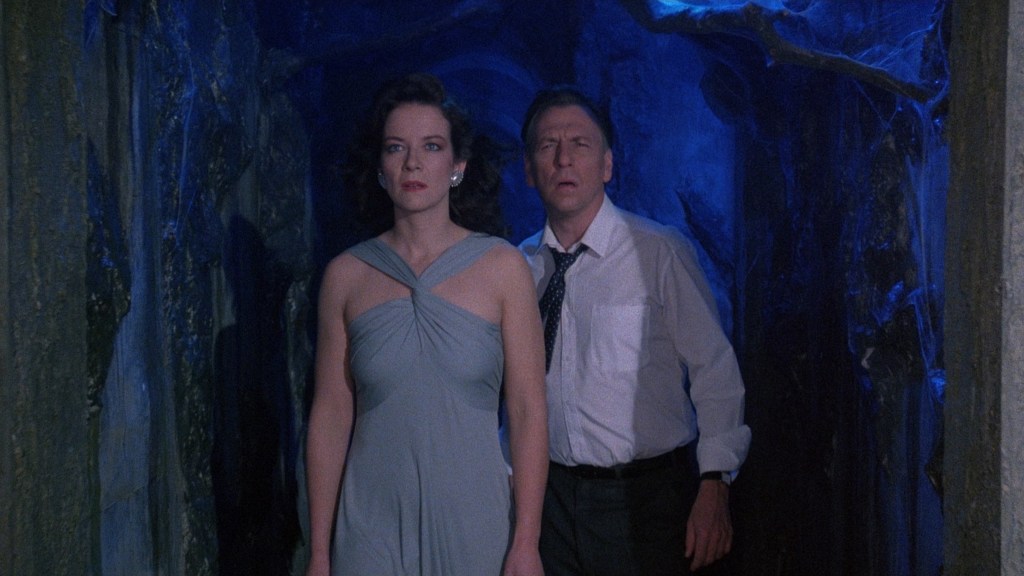
Clive Barker’s original Hellraiser was a transgressive horror film that introduced audiences to the demonic Cenobites and their masochistic pleasures. Hellbound: Hellraiser II boldly attempted to expand upon Barker’s disturbing vision by taking viewers into the depths of the underworld itself. Following Kirsty Cotton (Ashley Laurence) after the events of the first film, the sequel delves deeper into the mythology of the Cenobites, the enigmatic Leviathan, and the origins of Pinhead (Doug Bradley).
Hellbound: Hellraiser II, despite being divisive, delivers a superior expansion of the Hellraiser mythos through its nightmarish imagery, grander scope, and fearless exploration of the grotesque universe merely hinted at in the original. It transforms the intimate horror of the first film into a more epic, surreal, and visually inventive descent into a personal and literal hell. Its sheer audacity and memorable sequences, like the chilling transformation of Dr. Channard (Kenneth Cranham) into a Cenobite, have cemented its place as a beloved and superior sequel that dared to be much more than a simple retread.
6) The Purge: Anarchy
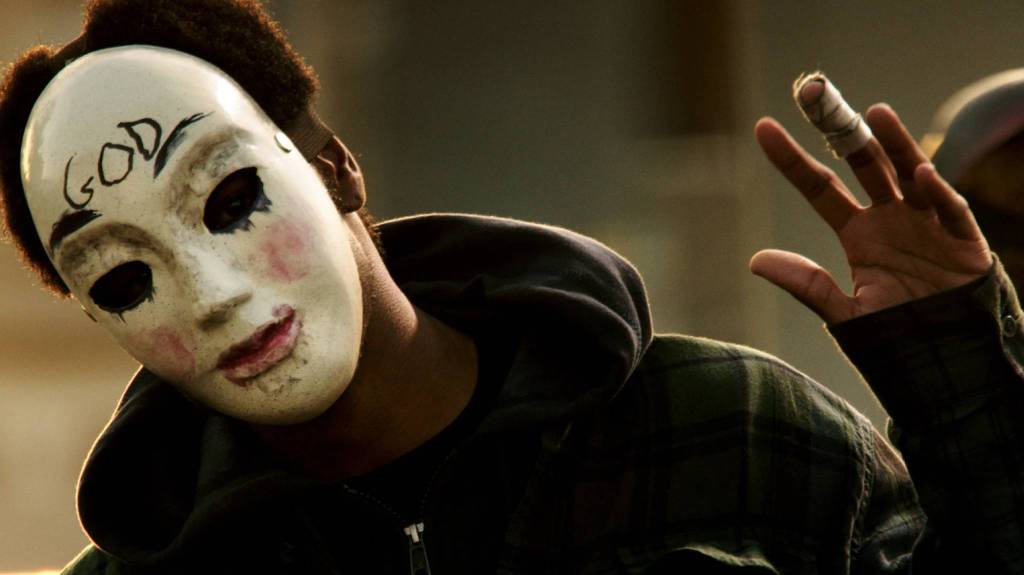
The first Purge film introduced a fascinating high-concept premise: one night a year, all crime, including murder, is legal. However, its execution as a standard home invasion thriller left the potential of its dystopian world largely unexplored. The Purge: Anarchy rectified this by throwing audiences out onto the chaotic streets during the annual Purge, offering a much broader and ultimately superior look at the societal implications of the Purge. Following a group of disparate individuals trying to survive the night, the sequel showcased the widespread moral decay inherent in its concept, only hinted at in the original.
The Purge: Anarchy, led by Frank Grillo as the vengeful Sergeant Leo Barnes, significantly improved upon the original by delivering more action, a wider variety of threats, and a more compelling exploration of the class and political themes underpinning the Purge. This expanded scope delivered a more engaging and thrilling experience that better realized the promise of the initial film, making it a clear improvement. It demonstrated that the franchise had much more to offer than contained thrillers, setting the stage for further societal critiques in subsequent installments.
7) Evil Dead II

Sam Raimi’s The Evil Dead was a groundbreaking, low-budget horror film known for its relentless gore and inventive camerawork. Its sequel, Evil Dead II (also known as Evil Dead 2: Dead by Dawn), is less a direct continuation and more of a supercharged remake/sequel hybrid. In the movie, Ash Williams (Bruce Campbell) returns to the cabin, and the demonic forces are unleashed once again, but this time the tone shifts significantly towards slapstick horror, transforming Ash into the iconic chainsaw-wielding hero.
Evil Dead II is a masterpiece of its kind, amplifying the kinetic energy of the original while infusing it with a manic sense of humor that makes it even more entertaining. In addition, Campbell’s performance is a tour de force of physical comedy and over-the-top horror. To make things better, Raimi’s direction is even more unhinged and creative, delivering unforgettable sequences like Ash’s battle with his possessed hand. While the original is a raw horror classic, Evil Dead II perfected the unique blend of gore, scares, and laughs that would define the franchise and influence countless other films, making it a beloved cult classic that surpasses the original’s iconic status.
8) Annabelle: Creation

The first Annabelle film, a spin-off from The Conjuring, was largely panned by critics and audiences for its generic scares and weak plot, despite being a box office success. Hopes weren’t particularly high for its prequel, Annabelle: Creation, but director David F. Sandberg delivered a surprisingly effective and genuinely terrifying film that far surpassed its predecessor. The movie tells the origin story of the demonic doll, focusing on a dollmaker (Anthony LaPaglia) and his wife (Miranda Otto) as the couple welcome a nun (Stephanie Sigman) and several girls from a shuttered orphanage into their home, where Annabelle’s evil presence soon makes itself known.
[RELATED: 7 Best Horror Movie Franchises]
Annabelle: Creation works because it returns to the classical horror sensibilities of The Conjuring, building suspense and delivering well-crafted scares rather than relying on cheap tricks. The young cast is excellent, with Talitha Bateman delivering a standout performance as Janice, convincingly portraying her vulnerability and subsequent terrifying transformation. In addition, Sandberg’s direction is stylish and assured, making fantastic use of shadows, sound, and unsettling imagery. Because of that, Annabelle: Creation not only redeemed the Annabelle name but also proved that spin-offs within The Conjuring Universe could achieve high quality.
9) Ouija: Origin of Evil

The original Ouija film is widely regarded as one of the weakest mainstream horror releases in recent memory, criticized for its formulaic plot, lack of scares, and bland characters. Its prequel, Ouija: Origin of Evil, directed by Mike Flanagan, was a night-and-day improvement, a genuinely scary and emotionally resonant period piece that shocked everyone with its quality. Set in 1967 Los Angeles, the film follows a widowed mother (Elizabeth Reaser) and her two daughters who run a séance scam business and unwittingly invite authentic evil into their home when they incorporate a Ouija board into their act.
Flanagan, known for his character-driven horror, brought a level of artistry and emotional depth rarely seen in films of this type. Contrary to the original movie, Ouija: Origin of Evil features strong performances, particularly from Lulu Wilson as the possessed younger daughter, and delivers scares that are rooted in atmosphere and character rather than cheap tricks. As a result, critics overwhelmingly praised the film as a standalone success and a remarkable turnaround, highlighting its smart script, stylish direction, and genuine creepiness. Ouija: Origin of Evil is a prime example of a sequel (or prequel, in this case) not only being better than the original but fundamentally saving the potential of a concept from cinematic oblivion.
10) Bride of Frankenstein

James Whale’s Frankenstein is an undisputed classic of the horror genre, a groundbreaking film that introduced Boris Karloff’s iconic portrayal of the Monster. Yet, its 1935 sequel, Bride of Frankenstein, also directed by Whale, is indisputably better, a richer, more complex, and more artistically ambitious story. The movie continues as Henry Frankenstein (Colin Clive) is lured back into his unholy experiments by the sinister Dr. Pretorius (Ernest Thesiger), who wishes for Frankenstein to create a mate for his Monster.
Bride of Frankenstein surpasses its predecessor with its dark wit, camp sensibility, poignant exploration of loneliness and otherness, and Karloff’s even more nuanced and sympathetic portrayal of the Monster. Furthermore, Elsa Lanchester’s brief but unforgettable appearance as the titular Bride is iconic. The film is visually stunning, with expressionistic sets and a haunting score, and it daringly blends horror with tragedy and black comedy. It’s a rare sequel that deepens the original’s themes, expands its world in fascinating ways, and stands as a towering masterpiece of cinema in its own right, setting the gold standard for how a follow-up can elevate its source material to new heights.
What horror sequels do you believe outshone their originals? Let us know in the comments!




